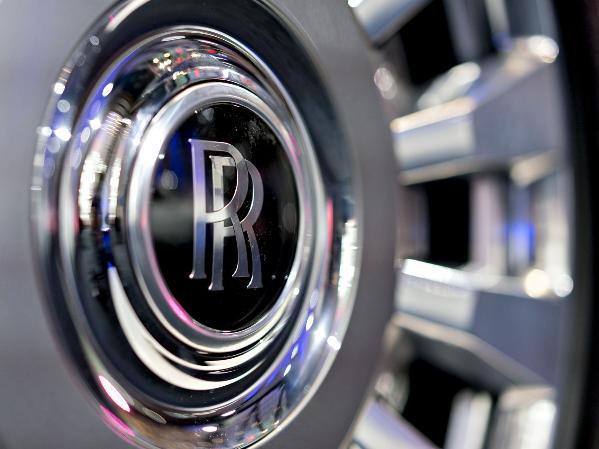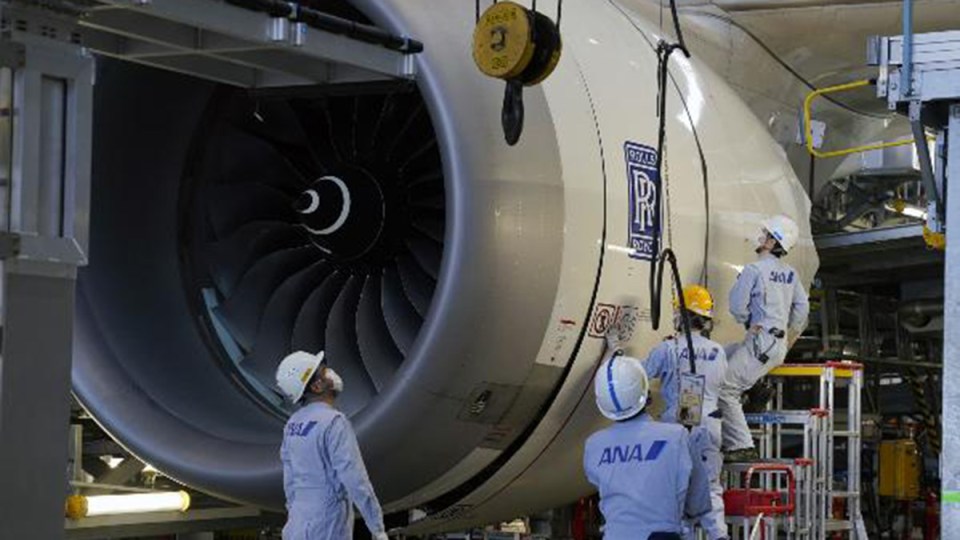
Where next for the Rolls-Royce share price?

Rolls-Royce shares (LON: RR) sunk by 10% to 83p on Friday after half-year results spooked investors over long-running problems with supply chain issues and inflation.
The FTSE 100 engineer has struggled to gain traction after the pandemic crash in 2020 saw its shares collapse from 236p in February 2020 to just 39p by October 2020.
And after recovering to 147p by November last year, the Ukraine war combined with tightening monetary policy has seen it surf below penny stock status since early April.
Rolls-Royce share price: half-year results
Despite positive momentum on its various R&D projects, earnings made for relatively bleak reading.
Positively, the FTSE 100 operator generated revenue of £5.3 billion, a slight increase on H1 2021. However, it also made an underlying loss before tax of £111 million, primarily because of higher costs squeezing gross margin, which fell to 17.7% from 21% in the same period last year.
In the words of CEO Warren East, Rolls is suffering from ‘post-covid indigestion.’
By division, the picture is slightly more complicated. Its most important, civil aerospace, saw underlying revenue increase by 8% to £2.34 billion. The division makes money by manufacturing and servicing civil plane engines.
While large engine flying hours remained at 60% of 2019 levels, they are currently up to 65%, and Rolls expects this key metric to rise to 70% by year-end and return to pre-pandemic levels around 2024. Despite the ‘theoretical risk’ posed by the expected recession, East thinks this only ‘might affect exactly which month in 2024-25 we get back to 100%.’
Results elsewhere were mixed. The power systems division saw revenue grow by an impressive 20% to £1.37 billion. Further, order intake was £2.1 billion, up 53% compared to the prior half after enjoying record quarterly orders in Q2.

Where next?
This is a complex question. Incoming CEO Tufan Erginbilic will soon be stamping his mark on the FTSE 100 stock. The reception to his appointment has been somewhat mixed; some view his accomplishments at BP as evidence of a much-needed firm hand on the tiller.
Others question his lack of connections with Whitehall, an important consideration given Rolls’ political importance. The company has previously enjoyed the strong support of Business Secretary Kwasi Kwarteng, a potential candidate for Chancellor when a new cabinet is formed later this year.
In the short term, Rolls-Royce is trading in line with expectations. Despite the airport chaos, it is still expecting the all-important civil aerospace division to continue to show improvement through 2022.
However, supply chain issues remain a concern. It’s being affected by delays in semiconductor deliveries, which could worsen if geopolitical problems surrounding Taiwan deteriorate. It’s also struggling to find alternatives to Russian titanium.
And with CPI inflation expected to exceed 13% year-end, combined with union-backed demands for significant pay rises, Rolls’ already slipping margins will present a key conundrum for its new CEO. Fortunately, Erginbilic has a track record of cost-cutting while improving performance.
This will become increasingly important as interest rates rise. Rolls’ net debt stands at over £5 billion and is only going to become more expensive to service as fiscal policy tightens.
Longer term, Rolls-Royce’s stuck-in-the-mud share price must be starting to frustrate investors.
Its project to deliver small nuclear reactors appears to be moving at a snail’s pace. The FTSE 100 company now has a shortlist of six potential sites, but take-off will need to wait until a new PM is declared. And this ‘new markets’ division is seeing operating costs escalate, in this half to £48 million despite delivering negligible revenue.
But there are visible tailwinds. The company recently announced a deal with Qantas to supply 12 Trent XWB-97 engines to power 12 A350s, capable of powering non-stop flights between the UK and Australia. Moreover, it’s developed a world-record beating electric plane, and power gearbox, which could both create significant new revenue streams.
The challenge is to turn these disparate successes into concrete share price action, which sees Rolls Royce shares break out of their rut.